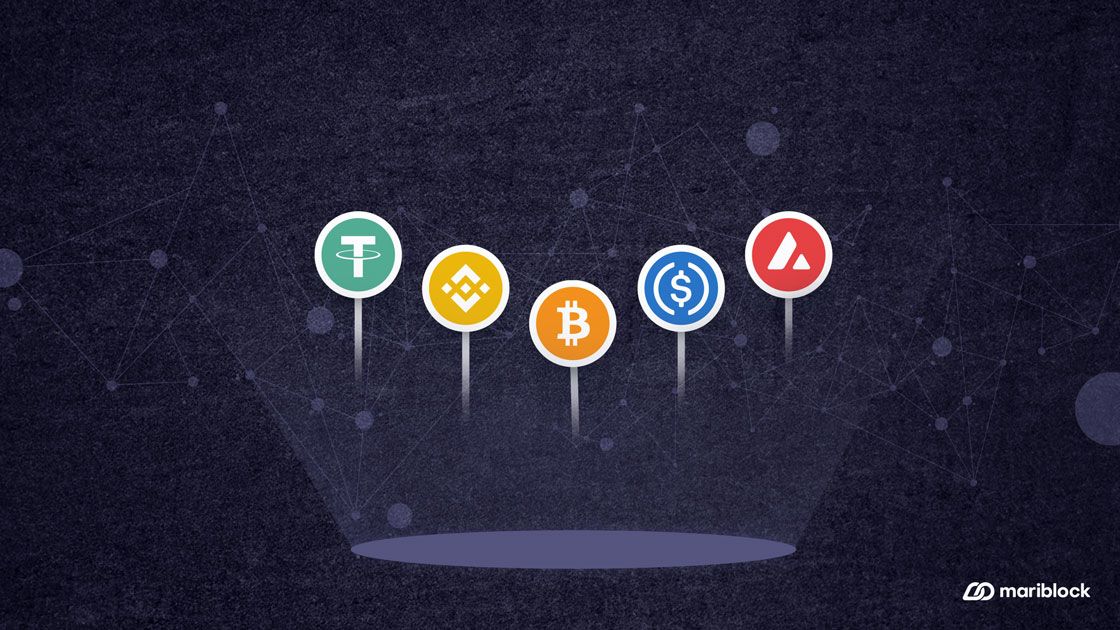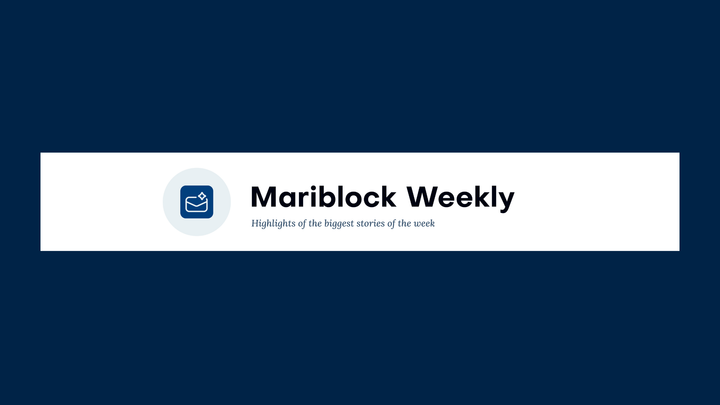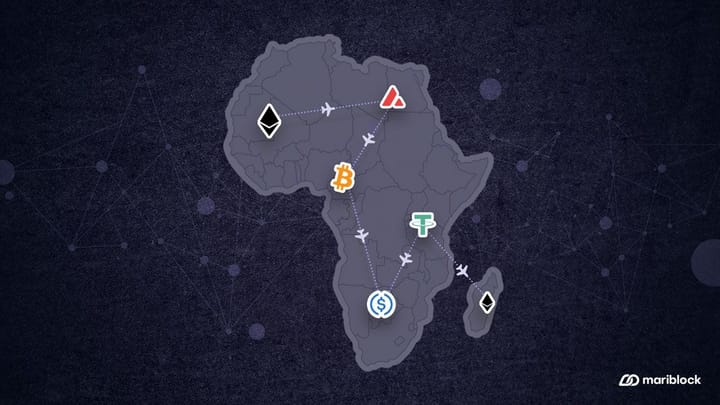Stablecoins: A key infrastructure for the African market
According to USDC’s product lead, more fiat-pegged stablecoins are needed to enable easy access to FX.

The digitization of currencies has played a significant role in the blockchain ecosystem. Stablecoins offer the familiar advantages of physical cash, like instant transaction settlements, but online. Although these coins retain the value of the asset they are pegged to, they have become an attractive alternative for emerging markets that struggle with currency devaluation and scarcity of foreign exchange (FX).
Over the years, several models of stablecoins have been created, each with its unique set of properties. Earlier in the year, the Crypto@scale podcast interviewed Joao Reginatto, the VP of Product at Circle, and Ngozi Dozie, co-founder of Carbon, to discuss the topic of stablecoins and their utility in emerging markets.
The following are four key insights from the conversation.
Digitizing every currency will solve the dollar crunch in emerging markets.
The scarcity of foreign currencies, such as the dollar, in emerging markets has led to a rise in the adoption of stablecoins as people need the FX for commercial and personal purposes. However, meeting this demand has not been easy, said Reginatto, who led the development of the USDC stablecoin for Circle about six years ago.
According to him, Circle believes other currencies must be digitized for emerging markets to access FX easily.
He said:
“The vision that we [at circle] have is that the world cannot run on just dollar stablecoins. We actually need the digitization of almost every currency in the world.
“We are interested in [bringing] all those digital currencies on-chain. I think once [we] achieve that, then [we’d] be able to [grant people] in most emerging markets [easy] access to dollars.”
The unregulated adoption of stablecoins can cause capital flight in Nigeria.
Today, DeFi lending apps have enabled customers to borrow and lend money worldwide. The rising adoption of these platforms and stablecoins in emerging markets threatens traditional banks that get their money from consumer deposits. Dozie, who runs a credit-led digital bank, shared his fears about the situation, highlighting that customers can now move their money quickly to any platform they like.
“If millions of people [learn] about stablecoins, they [will] shift money very easily. And if you’re a financial institution and you depend on deposits to on-lend, then your source of capital is diminishing or increasing in price,” he said.
“When that [happens] at scale, It [becomes] a potential problem for banks who have historically depended on 2% or 3% cost of funds, and all of a sudden, it's going to different places.”
Circle recently launched its interoperable Cross Chain Transfer Protocol.
As many blockchain networks exist, bridges have become vital in connecting these distinct platforms to transfer information and assets.
In this light, Circle focuses on making USDC a protocol, and according to Reginatto, “there is still a tremendous amount of work left in fulfilling this idea.”
“We continue to invest in bringing USDC to new blockchain ecosystems [so we can] benefit from the innovation that’s happening within those different ecosystems … we have developed this technology called CCTP [Cross Chain Transfer Protocol] that allows USDC to be transported very seamlessly from one chain to the other, it's kind of an evolution of the bridging technology that exists today,” he said.
Be smart: Bridges are like gateways that connect different blockchains, enabling users to transfer assets and information from one blockchain to another.
• Bridges also enables developers from different blockchain ecosystems to collaborate and build new apps.
Stablecoin abstraction in mainstream products can increase adoption in Africa.
The blockchain industry has been fraught with several cases of fraud, scams, and scandals. Due to this, a large population of the African market is skeptical about cryptocurrencies and DeFi in general. The public also lacks trust in digital services and businesses they cannot physically contact. These factors serve as barriers to the adoption of blockchain products.
Dozie’s advice to entrepreneurs and developers in the space is to abstract stablecoin infrastructure in their products to appeal to the market.
He said:
“The challenges to [stablecoin] adoption should not be underestimated … Only a [small] percentage of people are comfortable using [crypto terms]. There needs to be a high amount of PR done to remove the linkage of cryptocurrencies [and] stablecoins to terrorism, scandals, etc.
“The advice I give people is to use this stablecoin platform as infrastructure and don’t even mention it.”



